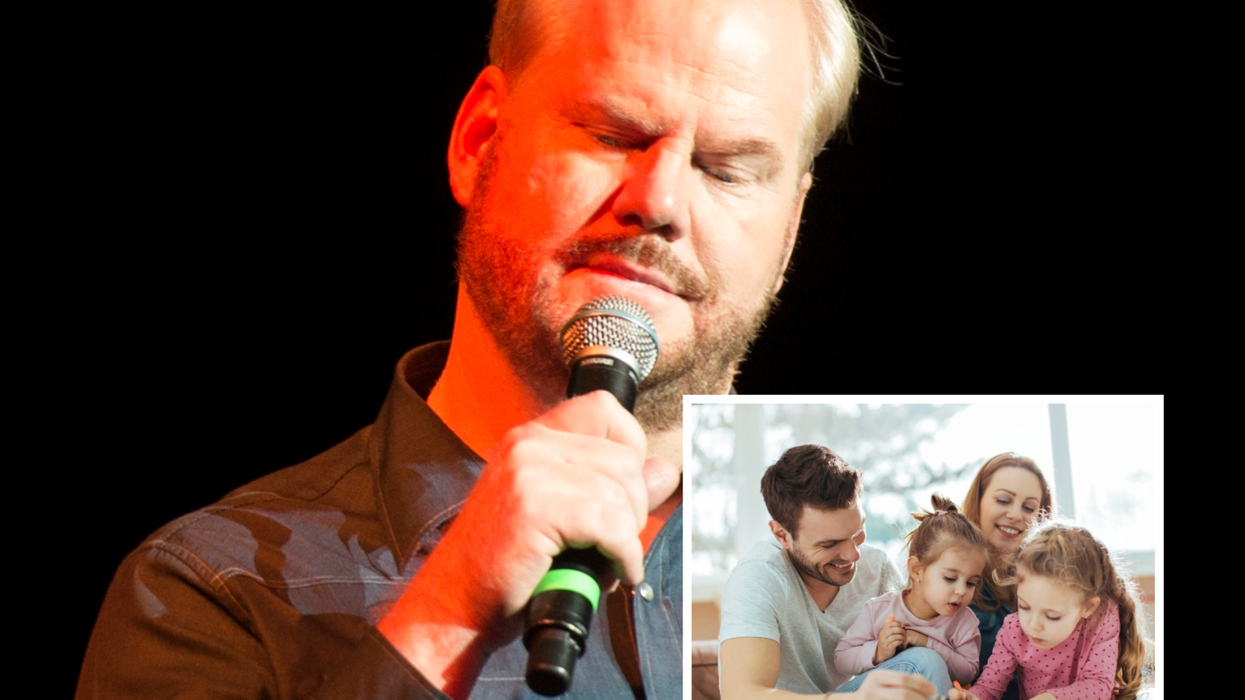Last October, when Super Storm Sandy hit New York, it decimated the neighborhood where I grew up, Lindenhurst, and the surrounding areas on Long Island. In the days following the storm—while I was stuck at home seven miles away because of the gas shortage—I did what I could do to help: I started fundraising from my iPhone. Over the course of a few weeks, I raised $6,000 from friends, family, neighbors, and alumni.
Over in Lindenhurst two women were spearheading their own recovery efforts. Jen was going door-to-door with order forms and returning with supplies and food. And because once a house is flooded with salt water it must be gutted to prevent further damage and mold growth, Victoria was mobilizing volunteers to rip out the contents of home after home.
Thousands of us "Lindy alums" working to help our hometown relied on Facebook to keep up with what was happening in the neighborhood. Folks were helping each other virtually, in-person, and via cellphone, because in most places there was no power, or no cable, or both. Those who could help went; those who couldn't sent supplies or money. Everyone rallied the way folks do in a crisis.
I cofounded a nonprofit called Adopt A House to raise money for damaged houses and help residents through the process. We saw a need for homeowners to get concise and accurate information and organized seminars for residents with local experts in their fields on mold remediation, how to hire a contractor, house lifting and more.
Let me be clear, this is not a wealthy community; many of the houses in the affected area of Lindenhurst were bungalows, built in the 1920s and 30s when folks from the city would come out for weekends and summers to enjoy the Great South Bay. In the 50s and 60s, after World War II, during the baby boom, and as people could live further from the city thanks to parkways and cars, the suburbs expanded and many of those summer bungalows transformed into year-round residences in a tight-knit and prospering community. Some of the houses ultimately passed from one generation to the next.
Many residents here have known each other’s families for decades, so when the emergency presented itself, it was the neighbors who sprung into action. The generosity was astounding. Two neighbors who once had an argument so terrible that one chased the other with a chainsaw were working together in the hours after the storm.
It may come as a surprise that it’s been six months and people are still not back in their homes, or are living in them unfinished. There are insurance claim issues, bank issues, and federal aid that is promised but must filter through 18 different agencies before it gets here. Literally, 18 different agencies. There is mold and contamination from the floodwaters. And there was a cold Northeast winter.
Homeowners who’ve paid their insurance and their mortgages responsibly for years without incident are caught in a myriad of red tape and ineptitude. For most, managing this process has become a full-time job. A full-time second job.
For the past six months, everyday has been Neighborday. In many communities across Long Island the residents have pulled together to help each other stay strong as we trudge through the convoluted, red-tape-filled process of repairing and rebuiding. In Lindenhurst alone, we saw the metamorphosis of a makeshift hot food station and supply pickup point into “Camp Bulldog,” an entirely volunteer camp, where folks could go and hot grab a meal while working on their homes. They could pick up informative flyers and share their war stories with their neighbors.
Lindy Manpower, an all-volunteer organization, stepped up and continued the effort to gut houses for residents for free (contractors were charging more than $10 thousand, taking away valuable cash resources for rebuilding). Neighbors who are still in their homes keep an eye on the homes that sit empty. Neighbors keep each other informed about programs and resources that are available to them. Those who have made progress have stepped up to help those who haven’t by offering insight and advice. In fact, one of our most active volunteers has made herself available to anyone who needs help with insurance claims and has guided a number of people through the process. She has made valuable connections with our local government and keeps them informed—whether they like it or not!
I have personally witnessed these accounts of generosity and so much more, but we are stalled. The story of Super Storm Sandy quickly fell out of the news cycle, and understandably, folks—even locally, who weren’t affected—went back to their regular lives.
The first thing I said to myself back in October as I set up my little fundraising campaign was, “They are going to need cash.” And they still do. We're working hard to identify the homes that can be repaired with non-cosmetic rebuild, using donated sheetrock, subfloor and other basic materials and use the available funds for labor, while fundraising for that gap cost. We have over 400 homes in our database, and it is still growing.
Please visit here if you would like to donate to this program, or take a moment to peruse our Crowdrise site and ‘adopt’ a house if you would like to help a family directly. Share it with friends, colleagues, or your neighbors to choose a house and help them get back on track. If something in one of these stories catches your eye and you can help by donating specific materials to cut the fundraising cost, you can also contact us directly at info@adoptahouse.org, and include the house number.
Hang out with your neighbors on the last Saturday of April (a day we're calling "Neighborday"). Click here to say you'll Do It, and here to download GOOD's Neighborday Toolkit and a bunch of other fun stuff.
Image via (cc) flickr user ONE.org














